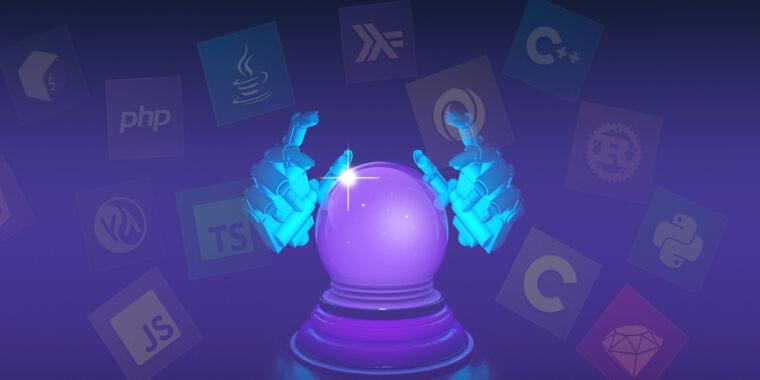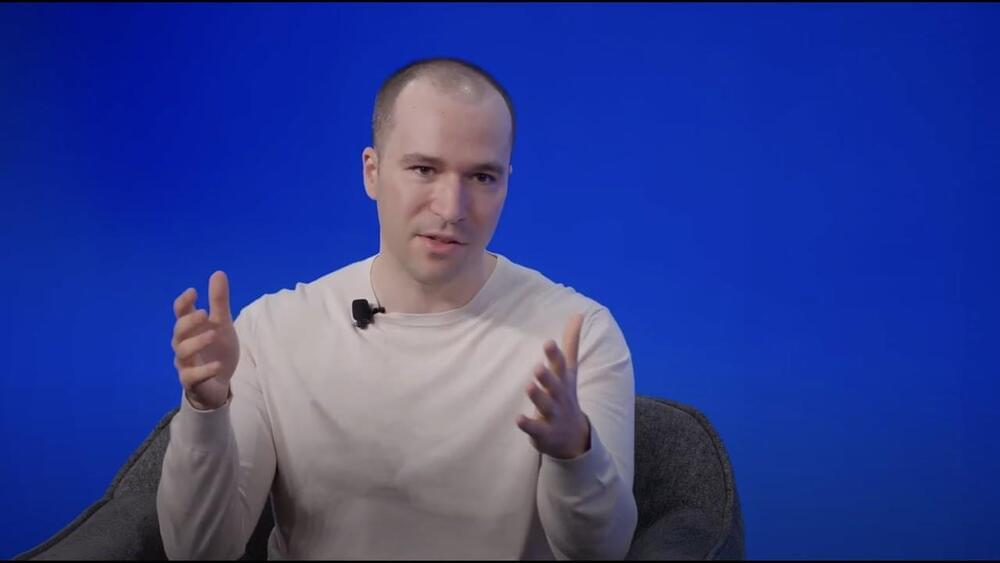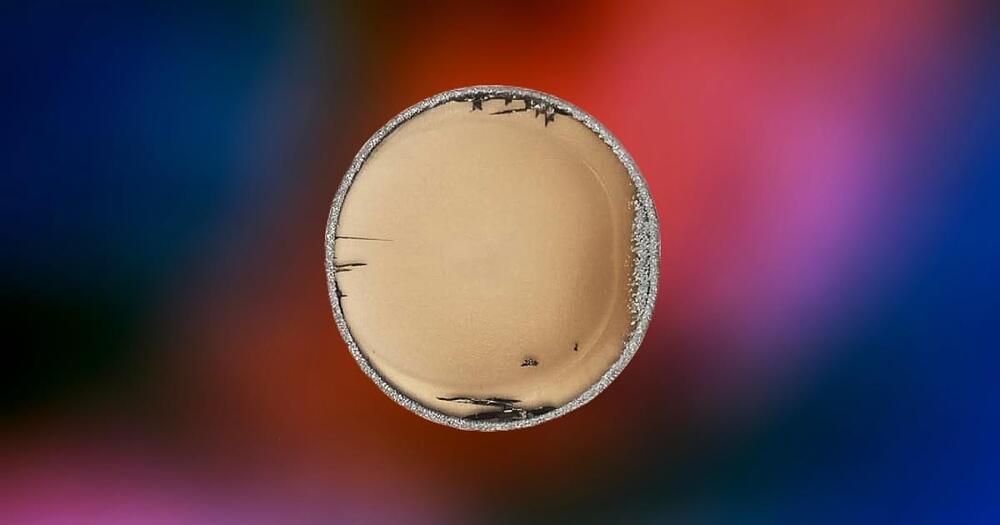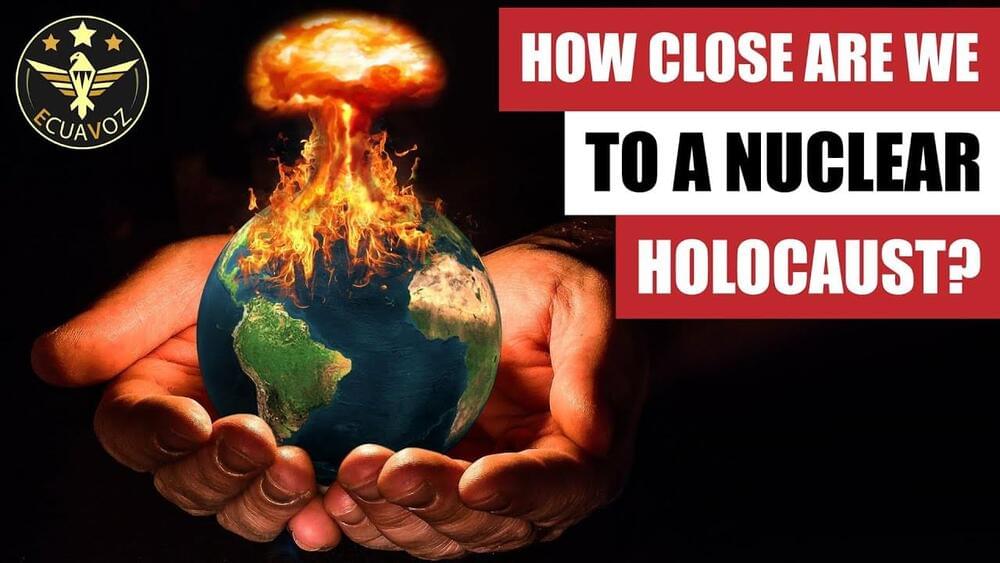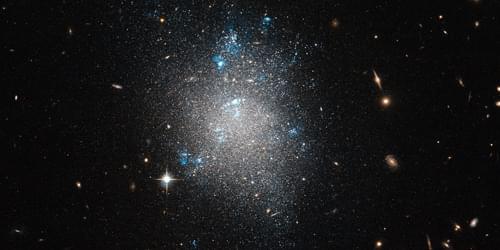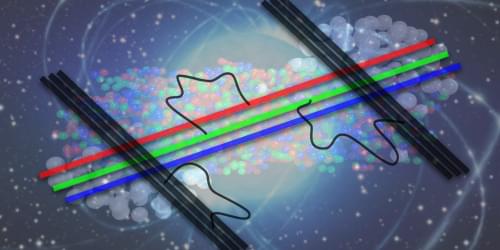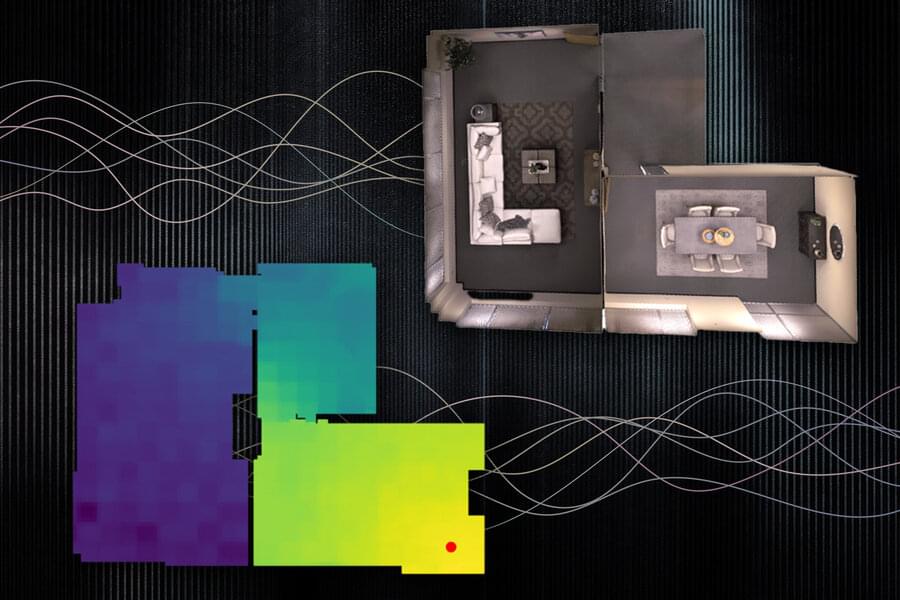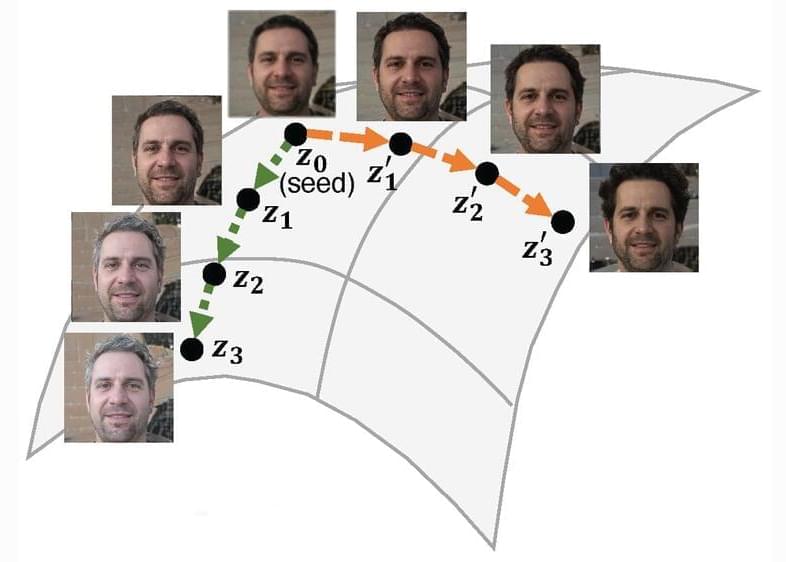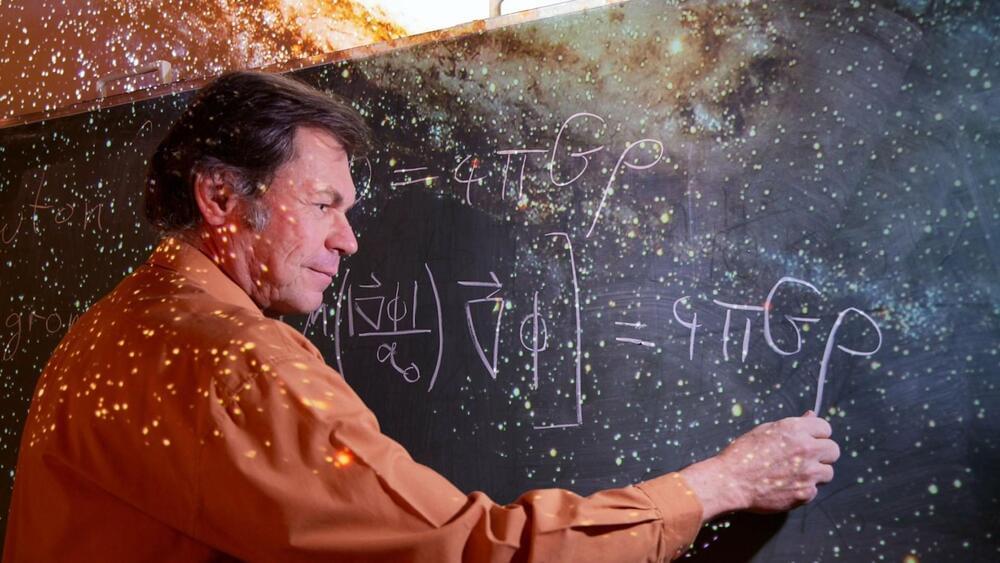Today, Replit announced Ghostwriter, an AI-powered programming assistant that can make suggestions to make coding easier. It works within Replit’s online development environment and resembles GitHub Copilot’s ability to recognize and compose code in various programming languages to accelerate the development process.
According to Replit, Ghostwriter works by using a large language model trained on millions of lines of publicly available code. This baked-in data allows Ghostwriter to make suggestions based on what you’ve already typed while programming in Replit’s IDE. When you see a suggestion you like, you can “autocomplete” the code by pressing the Tab key.
